Innovating for Preservation: The Crucial Role of Advanced Flexible Packaging
The global dried fruit market is experiencing robust growth, driven by increasing consumer demand for healthy, convenient, and natural snack options. This surge necessitates equally innovative and effective packaging solutions that ensure product integrity from farm to consumer. Central to this evolution are high-performance Dried Fruit Packaging Bags, which are far more than mere container111s; they are sophisticated engineering solutions designed to extend shelf life, maintain sensory quality, and enhance brand appeal. The industry trends indicate a strong shift towards sustainable materials, advanced barrier technologies, and customized designs that cater to diverse market segments. As manufacturers navigate a competitive landscape, the selection of optimal packaging becomes a critical differentiator, impacting not only product preservation but also logistics, consumer perception, and overall profitability. Our expertise lies in providing packaging solutions that align with these evolving demands, leveraging cutting-edge materials and manufacturing processes to deliver superior results. These specialized bags are engineered to protect against environmental antagonists such as moisture, oxygen, light, and contaminants, which are primary factors in the degradation of dried fruits. Furthermore, the aesthetic and functional aspects, including resealability and ease of opening, play a vital role in enhancing the consumer experience, directly contributing to repeat purchases and brand loyalty in a highly competitive market.
Modern packaging innovations also address the increasing focus on food safety and regulatory compliance. With stringent international standards like FDA and EU food contact material regulations, manufacturers require packaging that guarantees product safety throughout its lifecycle. This involves not only the selection of food-grade materials but also adherence to Good Manufacturing Practices (GMP) during the entire production process. The technical parameters of Dried Fruit Packaging Bags, such as their Oxygen Transmission Rate (OTR) and Moisture Vapor Transmission Rate (MVTR), are meticulously calibrated to the specific requirements of different dried fruit varieties, ensuring optimal preservation. For instance, high-fat dried fruits like cashews or almonds require lower OTR to prevent rancidity, while high-moisture fruits like dates benefit from lower MVTR to prevent desiccation or microbial growth. Our comprehensive approach covers every aspect, from initial material selection to final bag production, ensuring each batch meets the highest quality and safety benchmarks. The integration of advanced printing techniques also allows for vibrant, high-resolution graphics, transforming the packaging into an effective marketing tool that captures consumer attention on retail shelves. This strategic combination of technical excellence and visual appeal solidifies the position of these packaging solutions as indispensable assets in the dried fruit industry.

The Precision Engineering Behind Your Packaging
The manufacturing process for high-quality Dried Fruit Packaging Bags is a multi-stage, highly precise operation, beginning with the meticulous selection of raw materials. Typically, these bags are constructed from multi-layer laminates, combining various film types like Polyethylene Terephthalate (PET) for excellent printability and stiffness, Biaxially Oriented Polypropylene (BOPP) for clarity and moisture barrier, Nylon (PA) for puncture resistance, and Polyethylene (PE) for heat-sealability and an effective moisture barrier. For enhanced oxygen and moisture protection, specialized films such as Ethylene Vinyl Alcohol (EVOH) or metallized PET (MPET) are integrated into the laminate structure. The process commences with film extrusion, where polymer resins are melted and forced through a die to create thin, continuous films. These base films then undergo a crucial printing stage, utilizing either gravure or flexographic techniques to apply high-resolution graphics and branding elements. Gravure printing offers superior image quality and consistency for large runs, while flexographic printing provides cost-efficiency and flexibility for smaller batches or quick turnarounds. The printed films are then subjected to a lamination process, where multiple layers are bonded together using specialized adhesives, either solvent-based or solvent-less, to create a composite structure with desired barrier and mechanical properties.
Following lamination, the material web moves to the bag-making stage, where advanced pouch-making machinery precisely cuts, folds, and seals the laminated film into the desired bag formats, such as stand-up pouches, flat bottom bags, or gusseted bags. Key features like re-sealable zippers (e.g., press-to-close or slider zippers), tear notches, and hang holes are integrated during this phase to enhance user convenience and product accessibility. Throughout the entire manufacturing chain, stringent quality control measures are implemented. This includes in-line inspection systems for print registration and defect detection, as well as offline laboratory testing for critical parameters. Bags are rigorously tested for seal integrity (burst strength, seal strength), material thickness, OTR, MVTR, and resistance to punctures or tears, ensuring they meet industry standards such as ISO 22000 (Food Safety Management), BRCGS Global Standard for Packaging Materials, and FDA food contact compliance. This comprehensive approach ensures that every Dried Fruit Packaging Bags produced offers optimal protection, extends product shelf life, and maintains the nutritional and sensory attributes of the dried fruit, while also being aesthetically appealing and functional for end-users, thereby enhancing brand reputation and consumer trust.
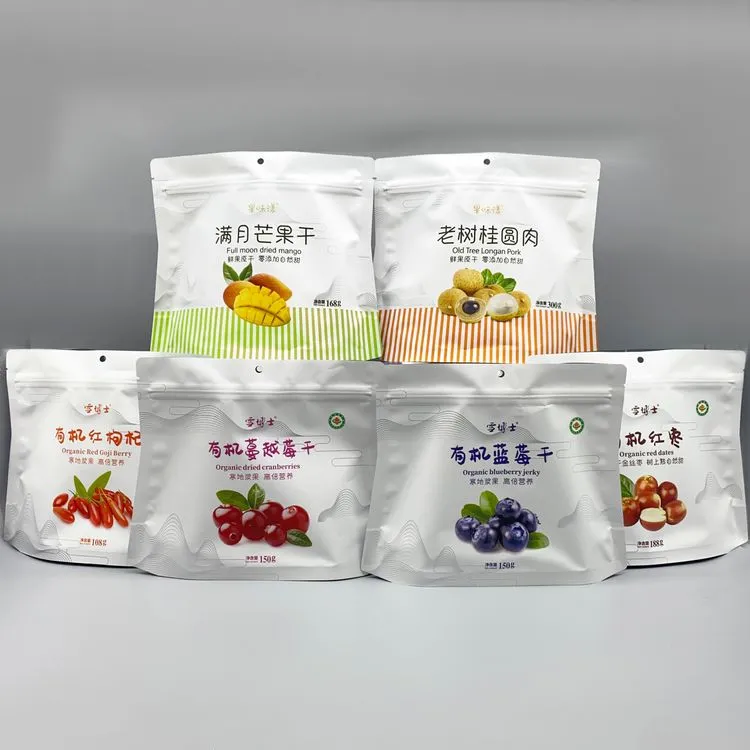
Technical Specifications and Performance Metrics
Understanding the technical specifications of Dried Fruit Packaging Bags is paramount for B2B decision-makers. The performance of these bags is quantified by several key parameters, ensuring they meet the demanding requirements for preserving dried fruits. Material composition is foundational, typically involving multi-layer structures ranging from 2 to 5 layers, leveraging the distinct properties of each film. For example, a common structure might be PET/AL/PE, where PET provides rigidity and printability, AL (aluminum foil) offers an ultimate barrier against oxygen, moisture, and light, and PE provides seal strength and flexibility. The thickness of these films, usually measured in microns (µm), significantly impacts barrier performance and puncture resistance; common thicknesses for flexible packaging range from 50µm to 150µm depending on the application and product weight. Barrier properties are critical and measured by OTR (Oxygen Transmission Rate) and MVTR (Moisture Vapor Transmission Rate). For dried fruits, low OTR (
Beyond barrier performance, the mechanical properties of Dried Fruit Packaging Bags are crucial for their durability and functional integrity during transport, storage, and consumer handling. These include tensile strength, tear resistance, and puncture resistance, which are standardized and tested according to ASTM or ISO methodologies. For instance, a high dart impact strength (e.g., >300g/mil) indicates robust resistance to puncturing. Seal strength, measured in Newtons per 15mm width (N/15mm), ensures the bag remains hermetically sealed, protecting contents from external contamination. Bags often feature additional technical elements such as laser scoring for easy opening, specialized anti-fog coatings for transparent windows, or tear notches, all designed to enhance usability. Compliance with food safety certifications, including FDA 21 CFR 177 for direct food contact and ISO 22000 for food safety management systems, is a non-negotiable requirement. Our bags are designed to meet or exceed these stringent technical and regulatory benchmarks, providing a reliable and safe packaging solution. This meticulous attention to technical detail ensures that the dried fruits maintain their quality, freshness, and nutritional value throughout their intended shelf life, ultimately benefiting both the producer and the end consumer.
Common Technical Parameters for Dried Fruit Packaging Bags
| Parameter |
Description |
Typical Value/Range |
Measurement Standard |
| Material Composition |
Layers of film for specific properties |
PET/VMPET/PE, BOPP/AL/PE, Kraft/PLA/PBAT |
Manufacturer Spec. |
| Total Thickness |
Overall film thickness |
60µm - 150µm |
ASTM D6988 |
| Oxygen Transmission Rate (OTR) |
Rate of oxygen passing through the film |
0.5 - 5 cm³/m²/24h (23°C, 0% RH) |
ASTM D3985 |
| Moisture Vapor Transmission Rate (MVTR) |
Rate of water vapor passing through the film |
0.5 - 5 g/m²/24h (38°C, 90% RH) |
ASTM F1249 |
| Puncture Resistance |
Resistance to piercing by sharp objects |
>300g (Dart Impact) |
ASTM D1709 |
| Seal Strength |
Force required to separate sealed layers |
>2.5 N/15mm |
ASTM F88 |
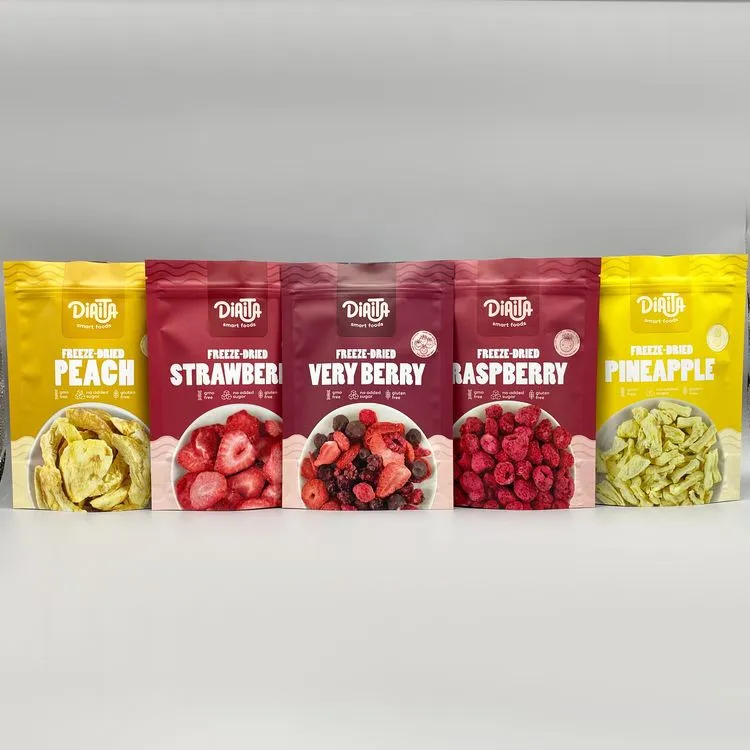
Applications and Strategic Advantages
The versatility of Dried Fruit Packaging Bags extends across a myriad of application scenarios within the food industry, making them indispensable for various types of dried fruits, nuts, seeds, and even powdered ingredients. From large-scale industrial packaging for bulk distribution to consumer-friendly retail pouches, the design and material science adapt to specific market needs. Common applications include stand-up pouches for dried cranberries or apricots, providing excellent shelf presence and re-sealability for convenience; gusseted bags for larger quantities of almonds or walnuts, offering stability and capacity; and flat pouches for single-serving dried fruit snacks, optimizing portability. Beyond dried fruits, these high-barrier bags are also extensively used for trail mixes, jerky, granola, and even confectionery items where moisture and oxygen ingress are critical concerns. The technical advantages derived from advanced multi-layer films and precision manufacturing are significant: primarily, extended shelf life, which reduces food waste and enables broader distribution channels. Superior barrier properties protect against oxidative rancidity in nuts and preserve the vibrant color and texture of dried fruits like apricots and figs. This level of protection translates directly into higher product quality upon consumption, enhancing consumer satisfaction and brand reputation.
Furthermore, the robust construction of Dried Fruit Packaging Bags ensures exceptional durability during handling and transportation, minimizing product damage and associated losses. The ability to integrate features such as resealable zippers significantly enhances consumer convenience, encouraging repeat purchases as the product remains fresh after opening. High-definition printing capabilities allow for striking visual branding, critical for product differentiation in a crowded retail environment. A compelling case study involved a regional dried fruit processor experiencing significant product spoilage due to inadequate packaging, resulting in customer complaints and lost revenue. By transitioning to custom-designed high-barrier Dried Fruit Packaging Bags with an integrated resealable closure, they observed a 40% reduction in spoilage over a six-month period and a 25% increase in customer satisfaction scores, attributed directly to prolonged freshness and enhanced usability. This real-world application demonstrates how strategic investment in advanced flexible packaging can yield substantial returns, not only in terms of product preservation but also in bolstering brand integrity and expanding market reach. These advantages underscore the strategic importance of selecting the right packaging partner who can deliver tailor-made solutions aligned with specific product and market requirements.
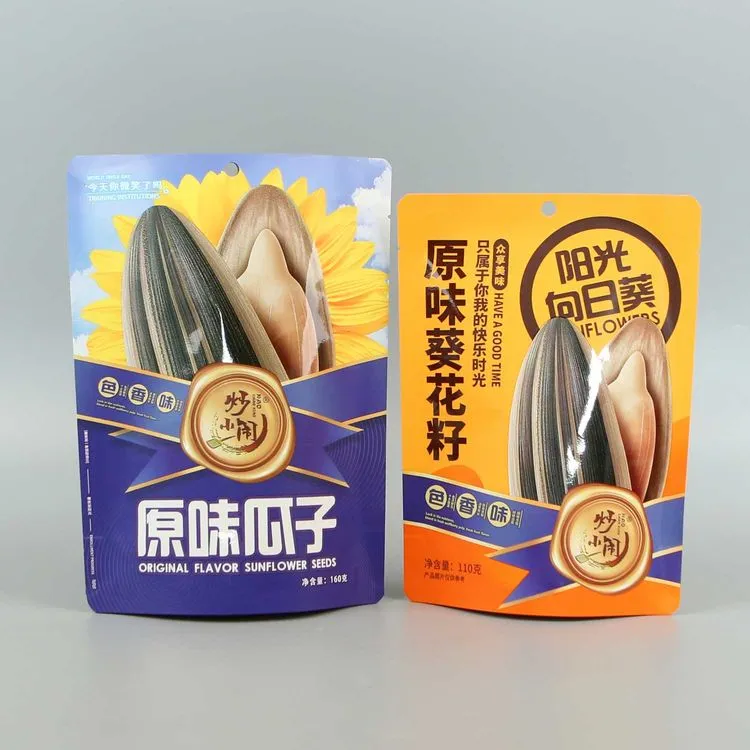
Custom Solutions and Manufacturer Comparison
Choosing the right manufacturer for Dried Fruit Packaging Bags is a critical decision that impacts product quality, cost-efficiency, and supply chain reliability. While many providers offer standard solutions, the true value lies in a partner's ability to offer bespoke, customized packaging that precisely meets unique product specifications and brand requirements. Customization can involve tailored material laminations to achieve specific barrier properties, unique bag formats (e.g., spouted pouches, side-gusseted bags with specialized seals), or advanced printing effects such as matte finishes, spot UV, or metallic inks to enhance shelf appeal. A proficient manufacturer distinguishes itself through its technical consultancy, guiding clients through the complexities of material science and design to optimize functionality and cost. This includes advising on film thickness, zipper types, vent holes for certain products, or sustainable material alternatives like compostable or recyclable laminates, which are becoming increasingly important in today's environmentally conscious market. The expertise extends to ensuring compliance with international food safety standards (e.g., FDA, BRCGS, HACCP) and providing transparent traceability throughout the production process.
When comparing manufacturers of Dried Fruit Packaging Bags, several key factors should be evaluated beyond just pricing. Quality assurance protocols are paramount; inquire about their ISO certifications (e.g., ISO 9001 for quality management, ISO 22000 for food safety) and their in-house testing capabilities for OTR, MVTR, and seal strength. Production lead times and minimum order quantities (MOQ) are crucial for supply chain planning, especially for businesses with fluctuating demands. Technical support and design capabilities, including graphic design and structural engineering assistance, reflect a manufacturer's comprehensive service offering. Furthermore, a strong track record, evidenced by long-term partnerships with reputable brands and positive client testimonials, provides assurance of reliability and performance. For instance, while some manufacturers may offer competitive pricing on basic pouches, a specialized provider might offer advanced barrier films with superior oxygen scavenging properties, or a unique re-sealable mechanism that significantly extends shelf life, ultimately reducing product returns and enhancing consumer loyalty. Our commitment to continuous innovation and tailored solutions positions us as a leader in providing high-quality, high-performance packaging for the dried fruit industry, backed by years of experience and a robust portfolio of successful collaborations.
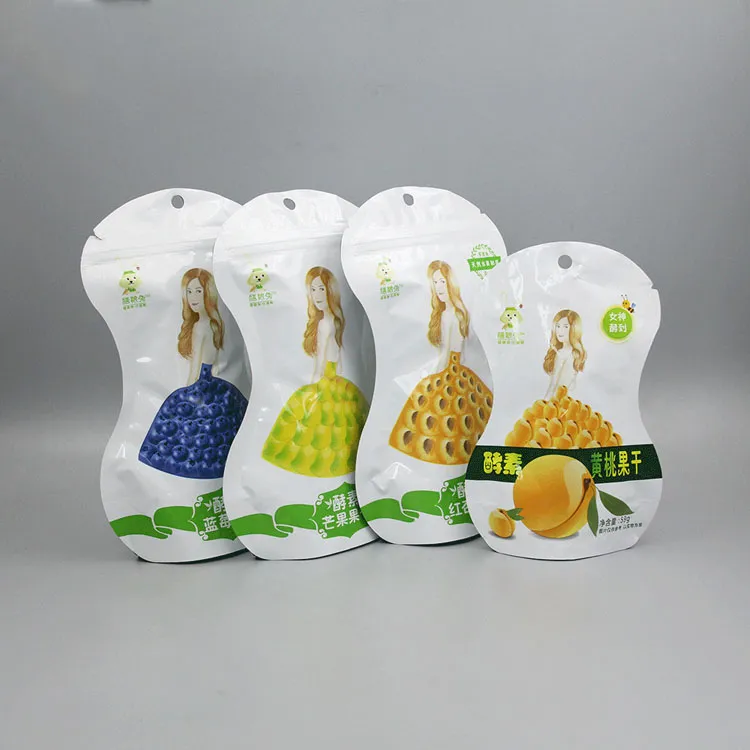
Addressing Common Inquiries: FAQ and Support
Frequently Asked Questions (FAQ) about Dried Fruit Packaging Bags
-
Q: What materials are typically used for Dried Fruit Packaging Bags to ensure maximum freshness?
A: For optimal freshness, multi-layer laminates are commonly employed, often combining PET (Polyethylene Terephthalate) for rigidity and printability, a high-barrier layer like aluminum foil (AL) or metallized PET (VMPET) for oxygen and moisture protection, and PE (Polyethylene) for heat-sealability. For clear bags, EVOH (Ethylene Vinyl Alcohol) can be incorporated as a high-barrier layer.
-
Q: How do your Dried Fruit Packaging Bags contribute to extended shelf life?
A: Our bags are engineered with superior barrier properties, specifically low Oxygen Transmission Rate (OTR) and Moisture Vapor Transmission Rate (MVTR). This prevents oxidation, rancidity, and moisture loss or gain, which are primary factors in the spoilage of dried fruits, thereby significantly extending their shelf life and maintaining their quality.
-
Q: Are your packaging bags compliant with food safety regulations?
A: Absolutely. All our Dried Fruit Packaging Bags are manufactured in facilities adhering to stringent Good Manufacturing Practices (GMP) and comply with international food contact material regulations, including FDA 21 CFR 177 and relevant EU standards. We also maintain ISO 22000 (Food Safety Management System) certification to ensure the highest safety and quality standards.
-
Q: What is the typical lead time for custom Dried Fruit Packaging Bags?
A: Lead times for custom orders can vary depending on the complexity of the design, chosen materials, and order volume. Generally, after final artwork approval and material selection, production can take anywhere from 15 to 25 business days. We provide detailed timelines upon receiving your project specifications and aim for efficient delivery.
Our Commitment: Quality Assurance and Customer Support
Our commitment to quality extends beyond manufacturing to comprehensive customer support and robust quality assurance. We operate under a rigorous quality management system, holding ISO 9001 and ISO 22000 certifications, ensuring every batch of Dried Fruit Packaging Bags undergoes meticulous inspection and testing. This includes in-house laboratory testing for critical parameters such as seal integrity, burst strength, OTR, and MVTR, guaranteeing consistent performance. We stand by the quality of our products with a comprehensive warranty against manufacturing defects, providing our clients with peace of mind. Our dedicated customer service team is readily available to assist with technical queries, order tracking, and any post-delivery support required, ensuring a seamless experience from initial inquiry to final product use. We understand that efficient delivery is paramount for our B2B partners; therefore, we provide clear delivery schedules and maintain transparent communication throughout the fulfillment process. In the event of any concerns, our responsive support team is equipped to provide prompt and effective resolutions, reinforcing our long-term partnerships.
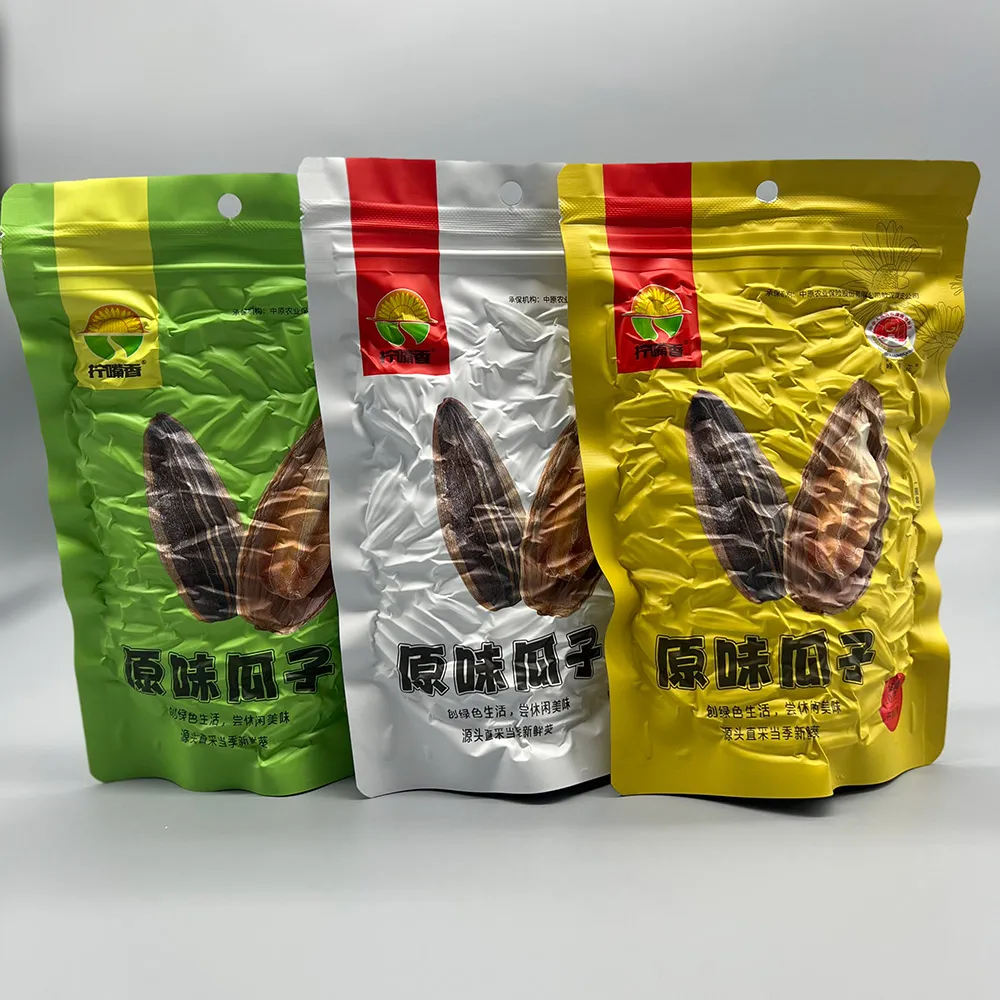
Authoritative References and Industry Insights
- European Bioplastics. (2023). "Bioplastics Market Data."
- Grand View Research. (2023). "Global Flexible Packaging Market Size, Share & Trends Analysis Report By Material."
- FDA (U.S. Food and Drug Administration). (2024). "Code of Federal Regulations, Title 21 - Food and Drugs."
- ISO (International Organization for Standardization). (2023). "ISO 22000: Food safety management systems."
- ASTM International. (2024). "Standards on Packaging and Barrier Properties."